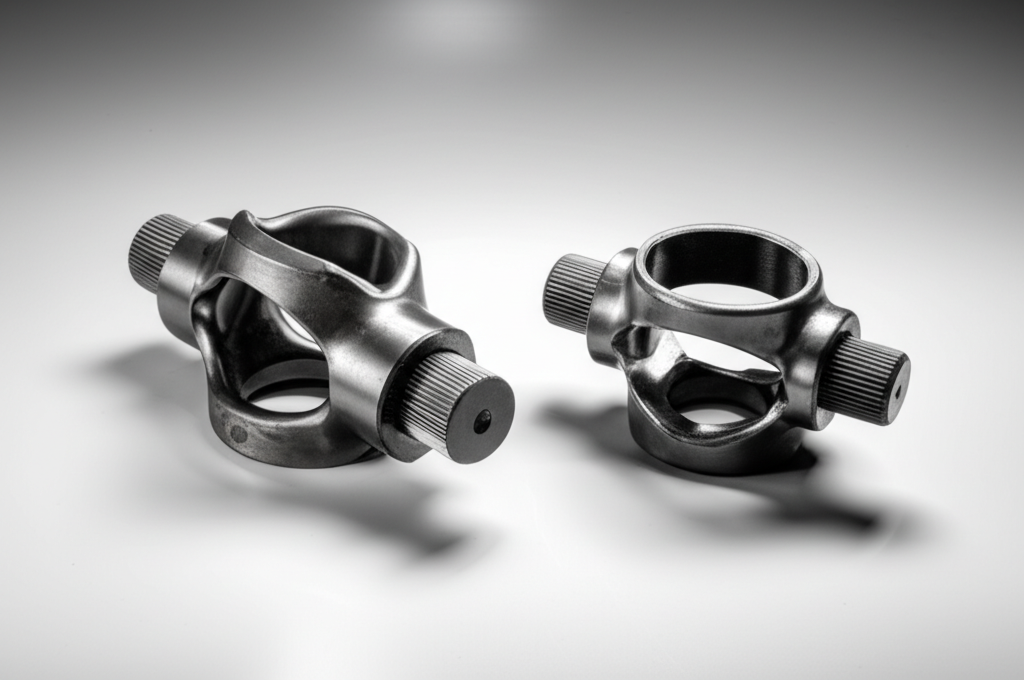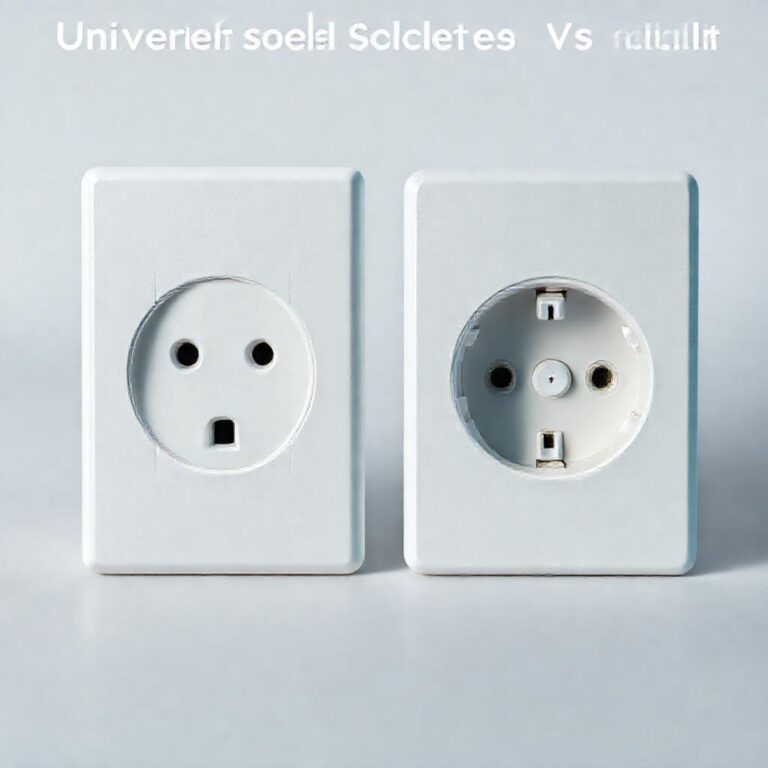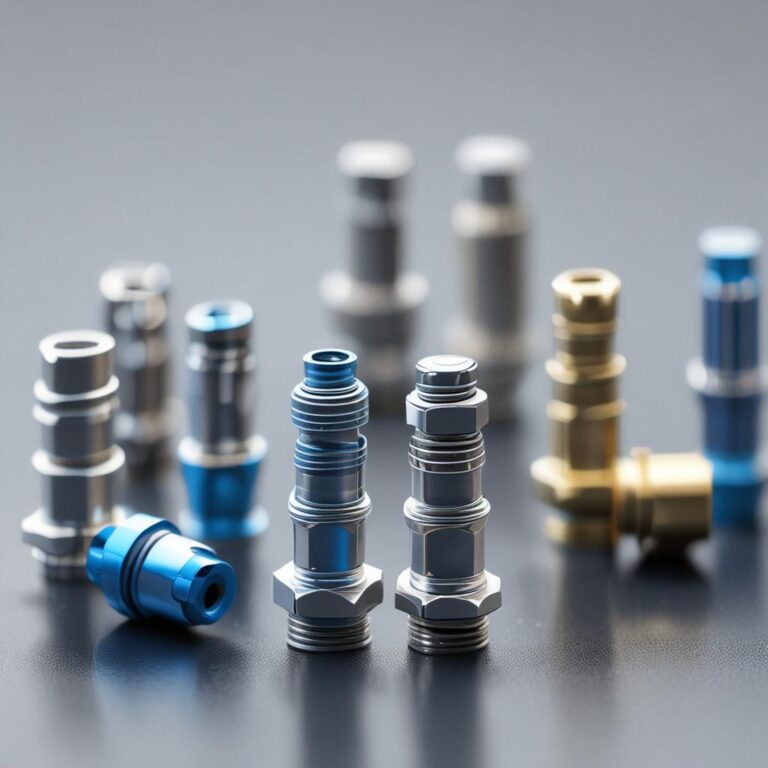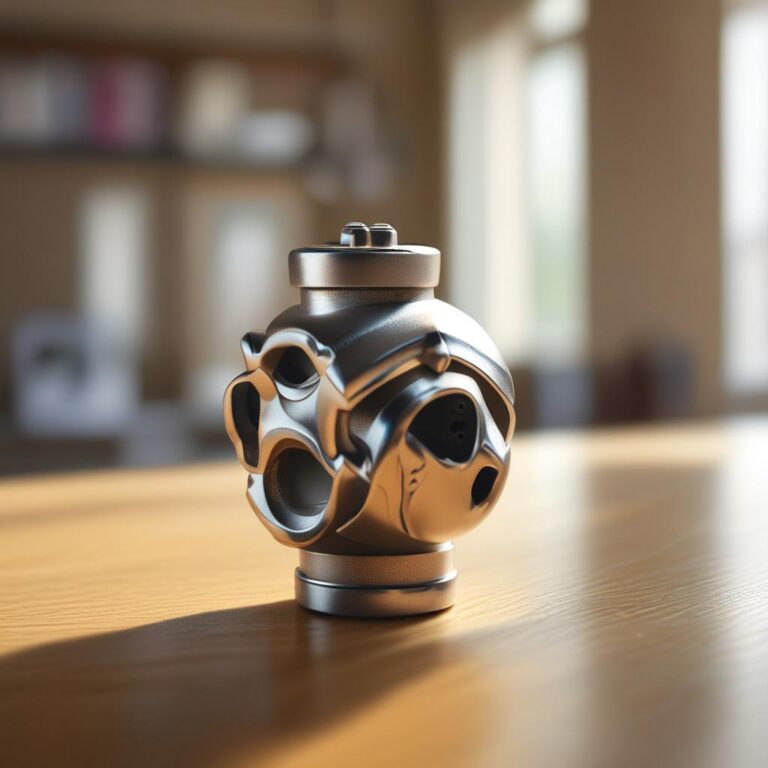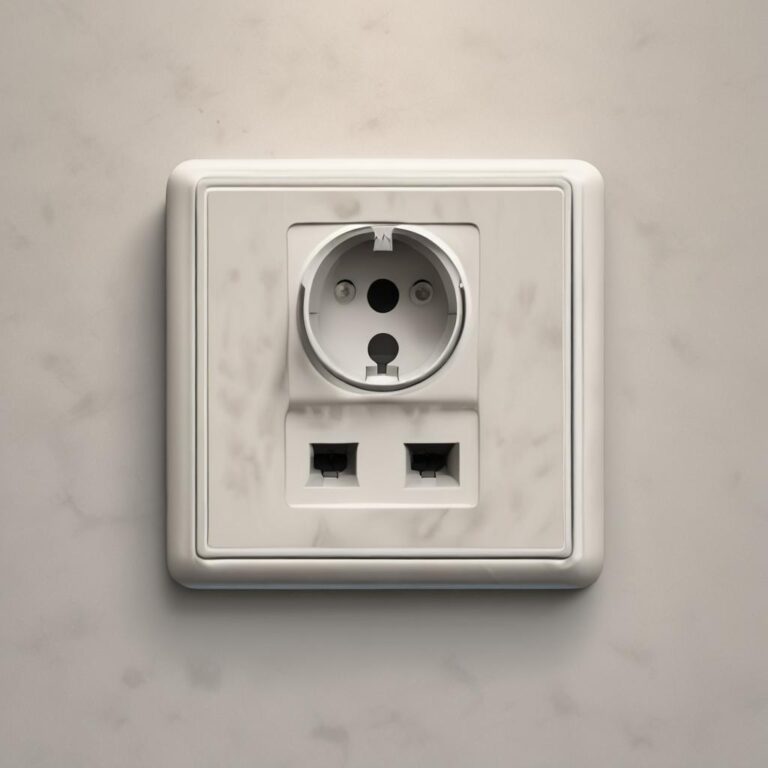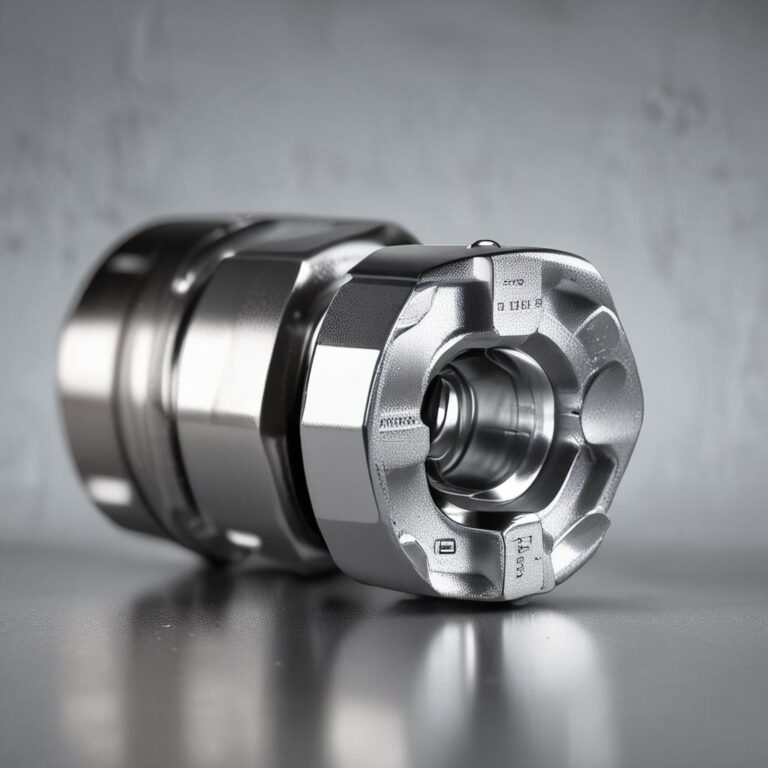1310 U-joint Vs 1410 U-joint: Which One Offers Better Durability?
When it comes to maintaining the performance and reliability of your vehicle’s drivetrain, selecting the right universal joint (U-joint) is crucial. U-joints are essential components that transfer rotational power between shafts at varying angles, ensuring smooth operation in everything from passenger cars to heavy-duty trucks. Among the many types available, the 1310 and 1410 U-joints are two popular options, each with its own set of strengths and limitations. If you’re trying to decide which one offers better durability for your needs, you’re in the right place. In this article, we’ll break down the key differences between these two U-joints and help you determine the best choice for your vehicle and driving conditions.
Understanding U-Joints: A Quick Overview
What is a U-Joint?
A U-joint, or universal joint, is a mechanical coupling that allows rotational motion to be transmitted between two shafts that are not perfectly aligned. This flexibility is vital in drivetrains, where the drive shaft must accommodate movement between the transmission and the differential. Without U-joints, the drivetrain would be unable to function smoothly, especially in vehicles with suspension systems or those navigating uneven terrain.
Key Components of a U-Joint
The core parts of a U-joint include the cross (a four-armed component), needle bearings, and grease caps. The cross connects the yokes of the drive shaft and pinion, while the bearings reduce friction and wear. Grease caps retain lubrication, which is critical for maintaining performance and extending the joint’s lifespan.
Why Durability Matters
Durability directly impacts a vehicle’s reliability and maintenance costs. A U-joint that fails prematurely can lead to costly repairs, drivetrain damage, or even safety hazards. Choosing a durable U-joint ensures consistent power transfer, minimizes vibrations, and reduces the frequency of replacements.
1310 U-Joint: Features and Applications
Specifications and Dimensions
The 1310 U-joint typically has an outer diameter of around 1.98 inches and a cross diameter of approximately 0.59 inches. It’s designed to handle a maximum load capacity of roughly 2,500 pounds and is suited for moderate torque applications. Its compact size makes it a popular choice for vehicles with limited space.
Common Applications
1310 U-joints are commonly found in light-duty trucks, smaller SUVs, and certain passenger cars. They’re often used in original equipment for vehicles that don’t require extreme power transmission, such as older models or those with standard towing capabilities.
Pros and Cons
- Pros: Cost-effective, widely available, and easy to install due to its smaller size.
- Cons: Lower load capacity compared to larger U-joints, making it less ideal for heavy-duty or high-torque scenarios.
1410 U-Joint: Features and Applications
Specifications and Dimensions
The 1410 U-joint is notably larger, with an outer diameter of about 2.68 inches and a cross diameter of approximately 0.87 inches. It can handle a maximum load capacity of up to 3,500 pounds and is engineered to manage higher torque levels. This increased size also allows for better heat dissipation, which is critical under prolonged stress.
Key Metrics
Performance metrics for 1310 U-joint Vs 1410 U-joint: Which One Offers Better Durability?
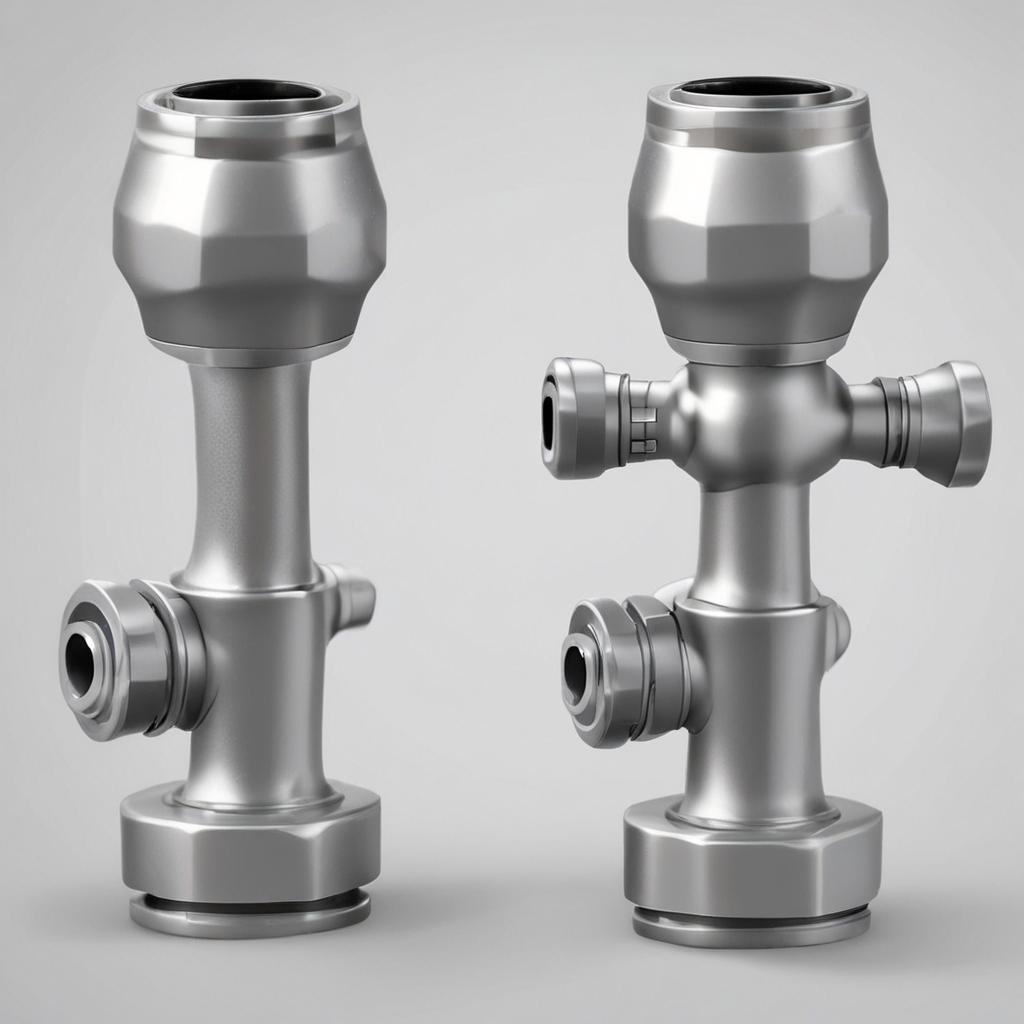
Common Applications
Heavy-duty trucks, commercial vehicles, and off-road machines often rely on 1410 U-joints. They’re a preferred upgrade for modified vehicles used in towing, racing, or rugged conditions where standard U-joints might falter.
Pros and Cons
- Pros: Superior strength, higher load capacity, and enhanced durability for demanding applications.
- Cons: More expensive, bulkier design that may not fit all vehicles, and requires more precise installation.
1310 vs 1410 U-Joint: Key Differences
Size and Weight Comparison
The 1410 U-joint is significantly larger and heavier than the 1310, which affects both installation and performance. Its size can be a limitation in vehicles with tight drivetrain spaces, while the 1310’s compact design offers greater flexibility for such setups.
Load Capacity and Torque Handling
Where the 1310 and 1410 diverge most is in their load capacity. The 1410’s ability to manage nearly 40% more load makes it the clear winner for high-stress environments, whereas the 1310 is better suited for everyday use without heavy towing or off-road demands.
Material and Build Quality
Both U-joints are typically constructed from high-carbon steel, but the 1410 often features enhanced heat treatment and thicker cross arms, which improve its resistance to wear and fatigue. These materials contribute to its ability to sustain prolonged use under harsh conditions.
Cost and Availability
The 1310 is generally more affordable and easier to source, especially in stock and aftermarket options. The 1410, while sturdier, comes with a higher price tag and may require special ordering for certain applications, making budget a key consideration.
Durability Comparison: 1310 vs 1410
Factors Affecting Durability
Durability in U-joints is influenced by material quality, load capacity, and maintenance practices. The 1410’s robust construction and ability to handle heavier loads give it an edge in longevity, especially when exposed to frequent stress.
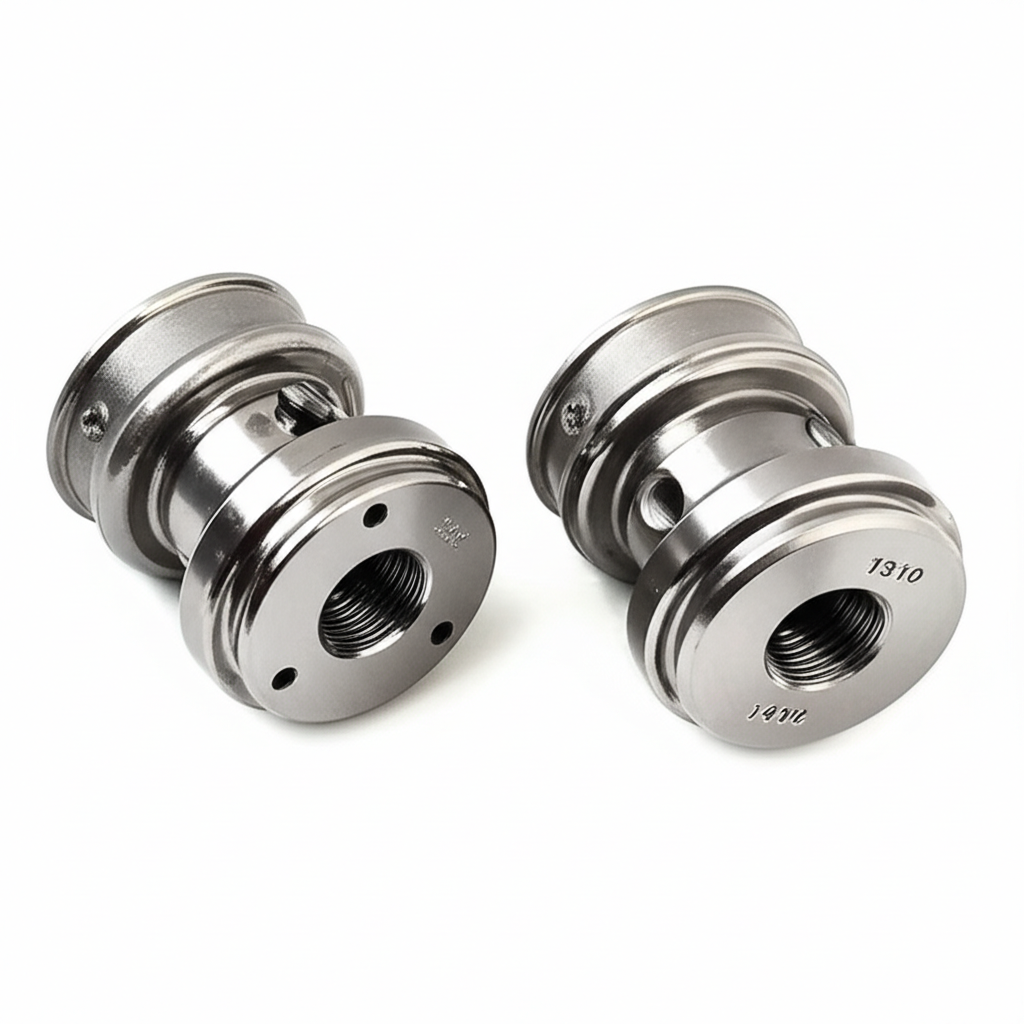
Performance Under Stress
Under extreme conditions like heavy towing or off-road driving, the 1410 outperforms the 1310. Its larger bearings and reinforced cross reduce the risk of deformation or failure, whereas the 1310 may show signs of wear faster in similar scenarios.
Longevity and Maintenance Needs
While both U-joints require periodic greasing and inspection, the 1410 demands less frequent maintenance due to its superior build. The 1310, though adequate for standard use, may need more regular checks if used beyond its intended capacity.
Which U-Joint Should You Choose?
Choosing Based on Vehicle Type
For light-duty vehicles such as compact trucks or standard SUVs, the 1310 is often sufficient. However, heavy-duty trucks or commercial vehicles with enhanced powertrains should prioritize the 1410 to avoid premature wear.
Choosing Based on Usage
If your driving involves frequent towing, off-roading, or high-speed performance, the 1410 is the safer bet. For daily commuting or light recreational use, the 1310 provides a cost-effective and practical solution.
Budget Considerations
The 1410’s higher upfront cost can be justified if your vehicle operates under intense conditions. For budget-conscious users with standard needs, the 1310 offers a more economical choice without sacrificing basic functionality.
FAQs
What is the main difference between a 1310 and a 1410 U-joint? The primary differences lie in size, load capacity, and application. The 1410 is larger, handles more weight, and is designed for heavy-duty use, while the 1310 is smaller and better suited for lighter vehicles.
Can I replace a 1310 U-joint with a 1410 U-joint? It depends on your vehicle’s drivetrain compatibility. The 1410’s larger dimensions may require modifications to the yoke or drive shaft. Always consult a mechanic or manufacturer specifications before upgrading.
Which U-joint is better for off-roading? The 1410 U-joint is the superior choice for off-roading. Its higher load capacity and durability make it well-equipped to handle the vibrations and stresses of rough terrain.
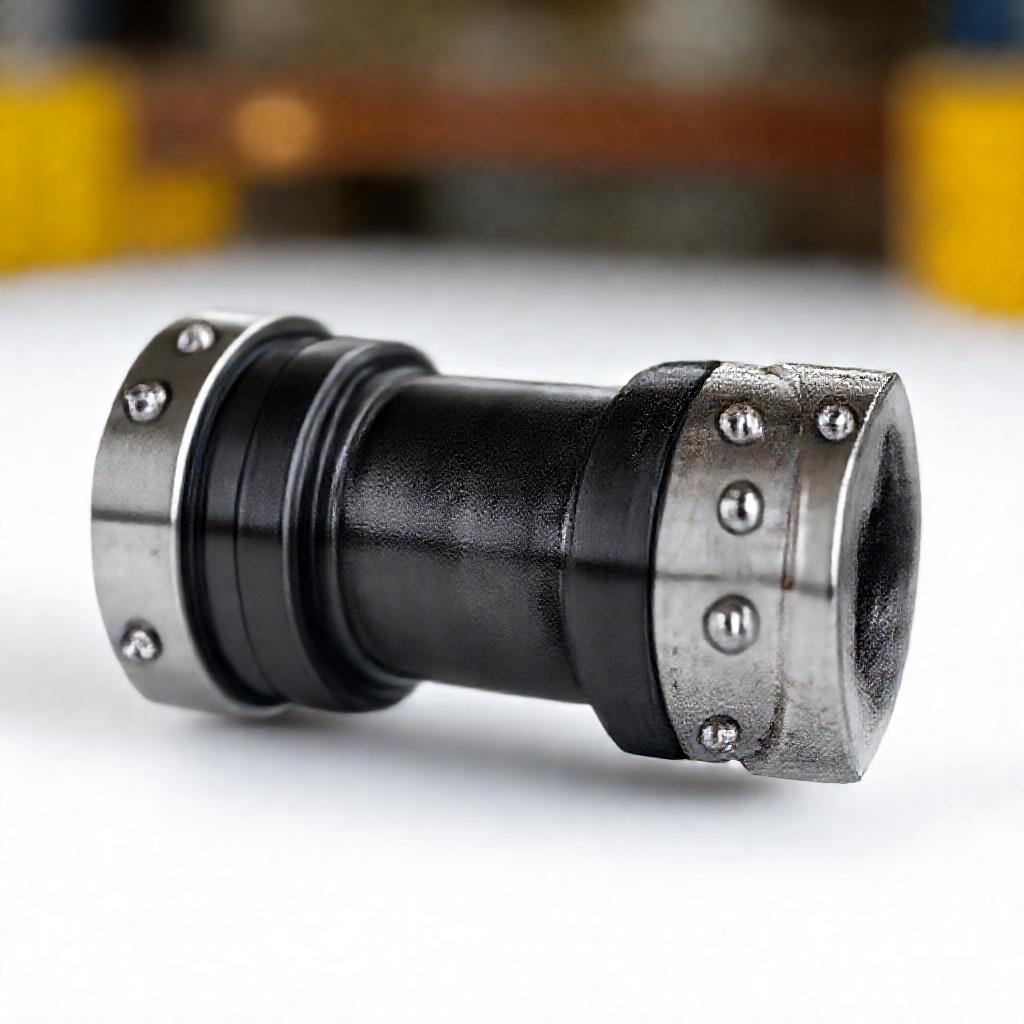
How often should I inspect my U-joints for wear? Inspect U-joints every 50,000 miles or after any heavy towing/off-road activity. Look for grease leaks, play in the joint, or unusual noises during operation.
Are 1410 U-joints worth the extra cost? For vehicles subjected to heavy loads or extreme conditions, yes. The 1410’s durability reduces long-term maintenance costs. However, for standard use, the 1310 may be more practical.
Conclusion
The 1310 and 1410 U-joints each serve distinct purposes in the automotive world. While the 1310 excels in cost-effectiveness and versatility for lighter applications, the 1410 stands out with its superior durability and load-handling capabilities. If your vehicle regularly endures heavy stress, the 1410 is the better investment. However, for everyday drivers or budget-conscious upgrades, the 1310 remains a reliable option. Always match your choice to the specific demands of your vehicle and driving habits to ensure optimal performance and longevity.

